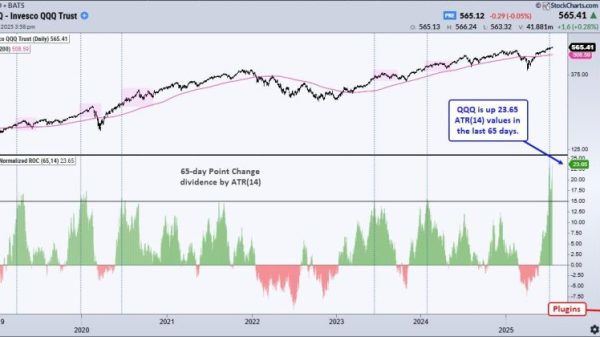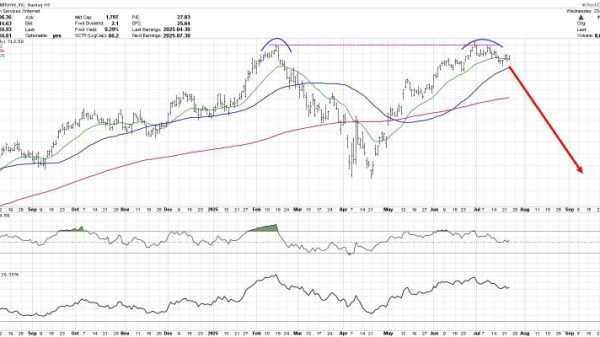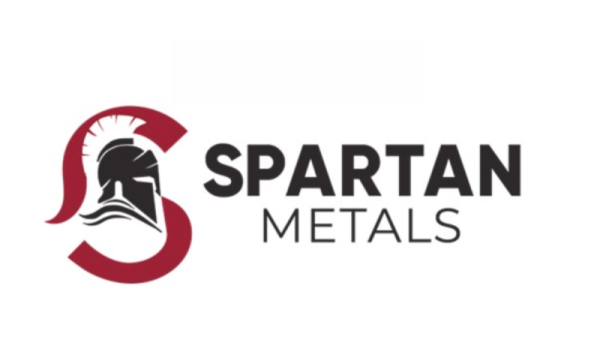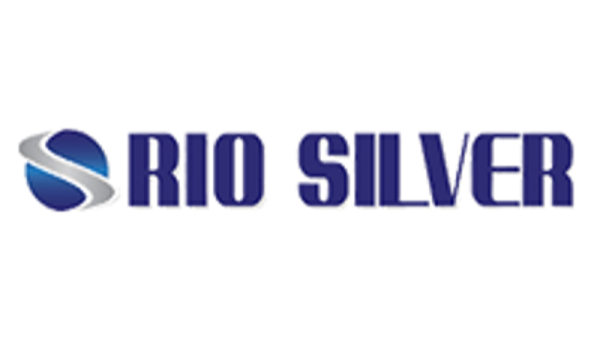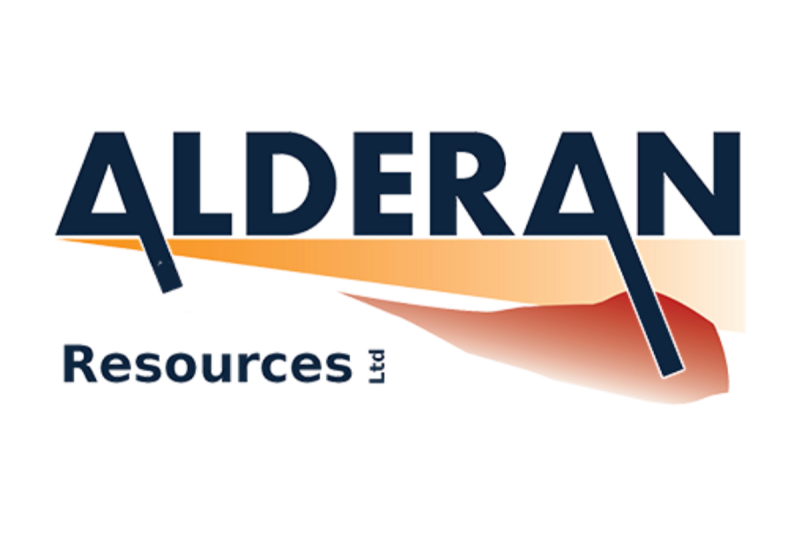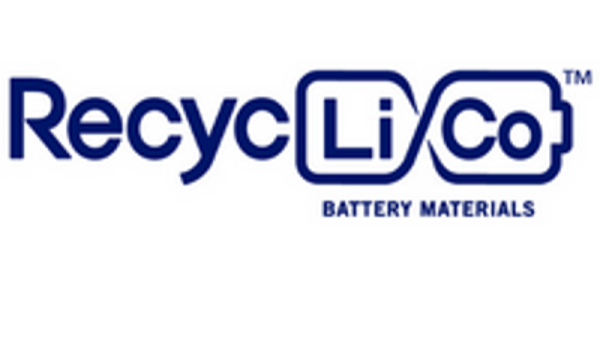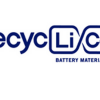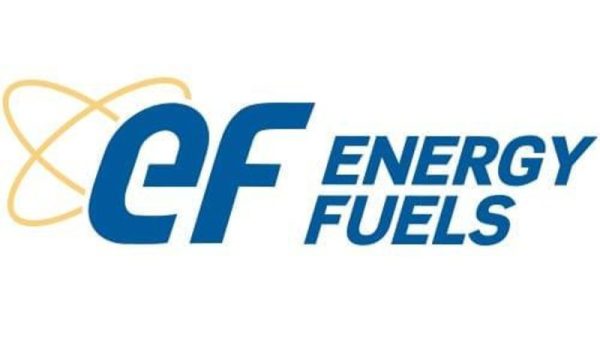Alderan Resources Limited (ASX: AL8) (Alderan or the Company) is pleased to advise that stream sediment samples collected from its Itaipe lithium project area in Minas Gerais, Brazil contain highly anomalous grades of neodymium (Nd) and praseodymium (Pr) rare earth elements (REE) and lithium (Li). Assays received to date highlight that three of Alderan’s seven lithium exploration areas, Carai, Itambacuri and now Itaipe have lithium and rare earth anomalies requiring followup exploration. 1 Assay results for the final three areas are expected this month.
HIGHLIGHTS
Highly anomalous rare earth element and lithium stream sediment assays have been obtained for the Itaipe areaAlderan now has three project areas in Brazil with highly anomalous rare earth element and lithium assays in stream sediment samples over a combined area of more than 30 km2 – Itaipe, Carai and ItambacuriItaipe neodymium and praseodymium rare earth assays grade up to 72ppm and 23ppm respectively – 6x their respective background grades in the areaItaipe lithium grades range up to 87ppm against a background grade of 5ppm LiItaipe grade correlations are very strong between neodymium, praseodymium, samarium, terbium, gadolinium and dysprosium suggesting a favourable geological environment for rare earth elementsNext steps in Q3 2024 at Itaipe, Carai and Itambacuri will include detailed stream sampling of anomaly areas to define the prospects for detailed soil sampling, geological mapping and drillingUpdate on Frisco Copper-Gold Project in Utah USA: rehabilitation bond for new drill sites paid to Utah Dept of Oil, Gas & Mines and Stage 1 drill site permits awaited; revised target for drill start is first half August
The highest neodymium and praseodymium assays in the Itaipe stream sediment samples grade up to 72.1ppm and 22.8ppm respectively. Neodymium background grades across all samples is less than 10.0ppm and the average grade is 20.8ppm while the background grade for praseodymium is less than 5.0ppm and average 6.3ppm across all samples. There are very strong positive correlations between neodymium and praseodymium, samarium, terbium, gadolinium and dysprosium suggesting a favourable geological environment for rare earth elements.
Lithium is anomalous in a number of drainages in the Itaipe area. The background lithium grade through the area is approximately 5ppm and the average grade for all samples is 9.9ppm. Anomalous samples with grades up to 87.5ppm, 43.6 and 41.3ppm occur in the southwest and central portions of the project area. There are strong positive correlations between lithium and caesium, beryllium, rubidium and niobium which also suggests a favourable geological environment for lithium mineralisation.
Managing Director of Alderan, Scott Caithness, commented:
“Alderan now has three project areas in Brazil, Itambacuri, Carai and Itaipe, with highly anomalous lithium and rare earth element assays in stream sediments samples for followup exploration. At Itaipe, the maximum lithium assay is well over ten times the background lithium grade and eight times the average grade for the area. The strong lithium-caesium-beryllium-rubidium-niobium correlation again suggests the right geological environment for lithium mineralisation.
“The anomalous neodymium and praseodymium rare earth element assays potentially highlight a northeast trending zone though the centre of the project area with grades 3-7 times background.
“Alderan’s next steps at Itaipe will be infill stream sediment sampling to identify prospect scale lithium and rare earth areas for detailed geological mapping and soil sampling. Assays for the stream sediments collected over the remaining project areas in Minas Gerais are expected over the next month.
“At the Frisco project In Utah, USA, as instructed by the Utah Department of Oil, Gas and Mines, an additional reclamation bond for new drill sites at the New Years copper-gold prospect has been paid however drilling permits are yet to be received for Stage 1 drill sites. The programme is now targeted to commence in the first half of August.”
Rare Earth Elements – Background
Rare earth elements (REE) are a set of seventeen metallic elements which include the fifteen lanthanides on the periodic table plus scandium and yttrium.2 The REEs are typically divided into light rare earths (LREE) with low atomic numbers and heavy rare earths (HREE) with high atomic numbers. The most important REEs based on value are the light rare earths neodymium (Nd) and praseodymium (Pr) and the heavy rare earths dysprosium (Dy) and terbium (Tb).
Rare earth elements are critical in many high-tech consumer products such as mobile telephones, computer hard drives, electric and hybrid vehicles plus flat-screen monitors and televisions. In defence they are key components in electronic displays, guidance systems, lasers and radar and sonar systems. The amount of rare earths used in a product may not be significant in terms of weight, value or volume however the it can be essential for the device to function. For example, magnets made of rare earths often represent only a fraction of the total weight of desktops and laptops however without them there would be no spindle motors and voice coils. The increase in high-tech products and defence technologies throughout the world has led to growing demand for rare earths.
The principal uses of neodymium, praseodymium, dysprosium and terbium are in magnets and lasers used in high tech products and defence.3 The Shanghai Metals Market (SMM) prices for these metals is in Table 1.4
The principal economic sources of rare earths are the minerals bastnasite, monazite, and loparite and the lateritic ion-adsorption clays.5 Global rare earth element production in 2023 totalled 350,000t with China the dominant global miner producing 240,000t followed by the USA with production of 43,000t and Burma 38,000t (see Table 2). Brazil’s 2023 production of REE was 80t however it has a number of emerging hard rock and ion-adsorption clay projects which will see its production increase significantly in coming years.
A key advantage of iron-adsorption clay rare earth element projects is that they are typically at or very close to surface and the metals can be extracted using simple leaching technology resulting in low production costs.
Click here for the full ASX Release

